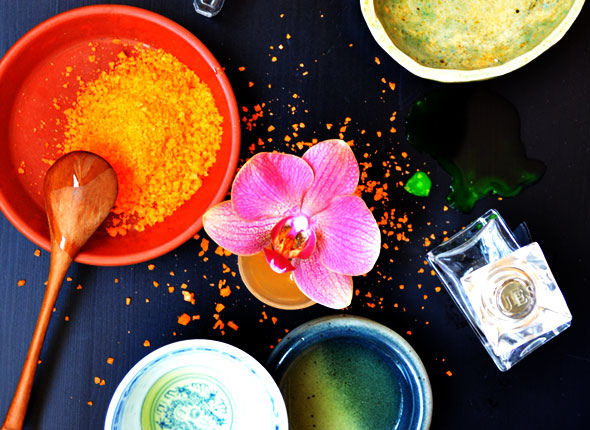How To Make Essential Oils at Home
Essential oils have been used for centuries to heal and treat ailments. There are essential oils for medical care, essential oils that can help to naturally clean your home or even makenatural repellents. There are essential oils that can soothe symptoms to cold and flu viruses, or you even make your own beauty creams and lotions. In most cases, purchasing essential oils is simple and fairly inexpensive; however, certain oils can be pricey or difficult to come by in some regions, and there is always the chance that you might find yourself in a situation without traditional purchasing options. With a little know-how and some trial and error, you can make your own essential oils at home.
Choosing the Correct Source of Biomass
Keep in mind that the process of making your own essential oils is somewhat involved and requires pounds and pounds of the intended biomass (i.e. flower petals, leaves, or other plant material) in order to produce a significant amount of oil. For this reason, some types of oils are better suited to make at home than others.
Widget not in any sidebars
Mint tends to overrun gardens in great hoards, and it is a plant that is strong and resilient, which makes it a good choice for use as an essential oil. If you find yourself with rotting citrus fruit all over your yard, you might want to consider making a lemon or orange extract from the peels. Both mint and citrus oils have multiple uses (you can add them to cleansers, use them in beauty routines, and incorporate them with other oils for use in aromatherapies, or use them to treat medical issues or prevent infection).
Because the elements that are present in the original biomass becomes condensed into the essential oil, you must make certain no pesticides or poisons have been used in the cultivation of your biomass source plant. You need to know exactly where the plant was grown and how it has been cared for before using it as a source material. This likely means using something that grows on your property or on the property of a trusted friend. You might consider setting up a biomass swap with a like-minded person who has different plant material options on their premises.
The Extraction Process
There are many methods for making essential oils. Most of them are complicated and some of them require expensive equipment or a lot of technical training. The following video below details the extraction process, which is the simplest option for making essential oils at home.
Gather up your pesticide-free plant biomass, a glass jar with a lid, vodka, a porcelain-coated strainer, cheesecloth, a dropper and a small storage container. Now you are ready to begin. Understand that this process will take many days or even weeks to achieve the quantity and potency of the essential oil you desire. Though extraction is the easiest home method, it still requires research, time and a concerted effort. If your first attempts do not yield the results you had hoped for, give it another shot. It may take a few tries to get the hang of it, but it is certainly worth the effort.
Pamela Bofferding is a native Texan who now lives with her husband and sons in New York City. She enjoys hiking, traveling, and playing with her dogs.
This information has been made available by Ready Nutrition




